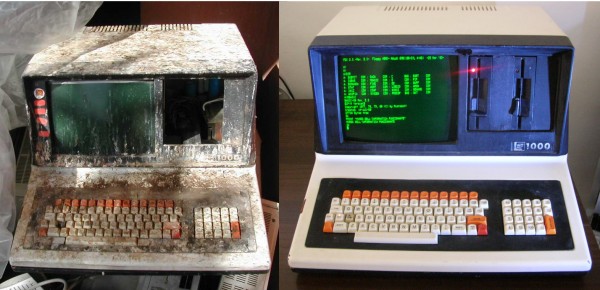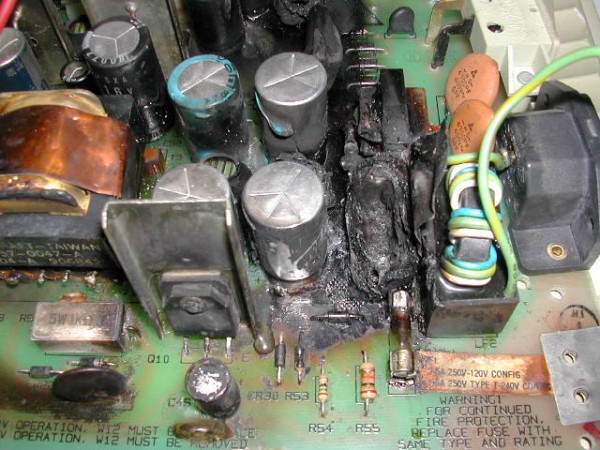Restoration
Restoration of computer parts, be they computer, cards, devices or media (tapes, magnetic disks, etc.) follows very specific scientific criteria, adapted from the traditional methods used in the canonical restoration. So, we intend to maintain and preserve, rather than re-interpret: we take care to recover as much as possible the funtcion of the historical piece, limiting interventions that modify the nature of the piece itself (avoiding, for example, to place PC emulators inside of empty Commodore systems), rather than reverse the damage and fix the passage of time so that the machine remains original.
The use of detergents, consolidating materials, adhesives, criteria for removal and installation, photographic documentation and schematic of each intervention … everything we do requires informed choices to avoid further damage to the artifact.

During the restoration of the electronic parts of the systems, sometimes we cannot replace parts regardless of the historical pieces, and we’re forced to use recent parts. Some components over time become practically impossible to find, but others can be found, given the age and the condition is sometimes not optimal, and they can be very unreliable, if not defective; the will to use original parts sometimes can lead to catastrophic results (components that explodes or catch fire). In this case we are necessarily forced to use new components which keep the workpiece as much as possible functional as it was originally. Where this happens, everything is carefully documented.

These continuous choices, different for every piece, represent a great challenge for us, as well as reason for cultural growth; they are the most challenging and creative part of our restoration work, study and research, that every time amaze us.
